Zeiss’ new Victory SF binoculars were purpose-built for premium performance.
by Rob Reaser, HuntDaily
For nearly ten years, I have been running the same pair of binos to hunt everything from eastern whitetails to Rocky Mountain elk. They have served me well, and haven’t given me a reason to cast a lustful eye elsewhere. That changed earlier this year when I heard about a new binocular from Zeiss designed specifically for big-game hunting.
Being a skeptical, prove-it-to-me kind of guy when it comes to manufacturer claims, I wanted to try out the Victory SF binos for myself. Our small-game and archery deer season had just opened, and I had an impromptu antelope hunt scheduled for a week later. What better way, I figured, to put the Victory SF’s trail cred to the test than by giving them a shakedown in the thick Appalachian forests followed by the wide open prairies of southern Colorado.
I secured a pair of 10×42 Victory SF binoculars through an industry connection, and was impressed with them right out of the box. At first glance, they appeared a bit larger than I had anticipated, yet they felt lighter than my old binos, which are about an inch shorter.
The Zeiss units come well armored, with a no-slip rubber coating encasing the objective barrels. Rubber front and rear lens covers protect the glass during travel and storage. A stretchy, neoprene-style strap is included, along with a compact carry case that you can wear with the strap or on your belt. Being harness fan, I ditched the shoulder strap and secured the binos to my chest rig. Within minutes of putting it on, I hardly knew they were there.
Forest Pursuits
My first go with the Victory SF was a morning squirrel hunt with a .22 rifle. The leaves had not turned color, so the trees were full and the squirrels hidden amongst the green foliage and gray limbs. Here, Zeiss’ legendary optical quality proved itself with no noticeable chromatic aberrations, full-spectrum color transmission, and bright, well-defined details at the close to medium distances I was observing. The color definition and sharp imaging was exactly what I needed to spot those nut-gnawing gray squirrels high up in the hickories.
Next to the exceptional optical clarity and sharpness, the Victory SF’s quick focus really shaped my first impressions. You can cover the binoculars’ focal range of five feet to infinity in only 1.75 rotations of the focus wheel. This proved beneficial when I switched from squirrel hunting to still-hunting with a bow that same afternoon. With a quick nudge of the focus wheel, I was able to change focus from 30 yards to 125 yards in an instant. The fast-focus feature will make a big difference during our whitetail rifle season this year, because in the mountains where I hunt, deer can pop over a brink right beside you, or cut across an open right-of-way 200 yards out. In conditions like this, quick dial-in is key to identifying targets before they are out of range or they come in close and bust you before you are ready to make the shot
Into The Great Wide-Open
While the Zeiss binoculars scored high marks for superior optical quality and quick performance in a woodland environment, it was in the dry prairie country of southern Colorado—where spotting and stalking game is measured in miles instead of yards—that the Victory SF’s intelligent ergonomics proved out.
Hunting for antelope (or any open country species) often involves hours of glassing. That can be tough on your body, leading to muscle fatigue, soreness in the neck, hand cramps, and eyestrain. Been there, done that. Therefore, it did not take more than a few minutes of steady glassing to appreciate the superb balance of the Victory SF. While the binoculars appear to be “front-heavy,” the balance shift point is actually just above your thumbs. This is due to a combination of the binoculars’ triple-bridge design and the placement of the Schmidte-Pechan prism system close to the eyepiece. Because of this near-perfect balance, the binoculars rest comfortably in your hands and you do not have to fight to keep the objective end from tipping downward. Furthermore, the triple-bridge construction allowed Zeiss engineers to move the focusing ring closer to the eyepieces, allowing for a more natural lay of your hand around the barrels and over the focusing ring. In short, the exceptional ergonomics make the Victory SF binoculars feel almost like an extension of your body.
Binoculars with a large field-of-view are always desirable, but especially so in wide-open country. Fortunately for me, the Victory SF delivers just that, with a field-of-view measuring 360 feet at 1,000 yards (the widest field-of-view for 42mm binos in this class). This wide view allowed me to easily scan large swaths of cholla-choked prairie to find those elusive antelope.
Boiling It All Down
After spending hours behind the glass, from the tight eastern Appalachian Mountains to the open-ranges of southern Colorado, here are my key observations of the Zeiss Victory SF binoculars:
- Fast focus: This is a welcome feature for any hunting environment because it allows you to zero in on your target quickly. It is especially great when hunting in close woodland conditions. Slower focusing binos can make it difficult to locate a game animal that is moving through trees and brush.
- Wide field-of-view: Having a wide field-of-view is a real asset in open country or in close cover as it allows you to scan more territory with a single sweep. The edge definition of the Victory SF is superb thanks to Zeiss’ Flat Field technology. This Flat Field feature ensures there is no annoying distortion around your field of view.
- Superb ergonomics: The focus wheel is ideally positioned for your fingers (left or right hand), which reduces strain and effort when focusing. This, combined with the Fast-Focus adjustment, is what Zeiss calls “Smart Focus”—hence the “SF” in Victory SF.
- Superior balance and light weight: At first glance, you expect the Victory SF binos to be weighty and front-heavy. This is not the case. The prism is set back closer to the eyepiece, so the balance shift point is placed under your supporting thumbs. This allows you to scan for long periods without hand fatigue. The SF has a magnesium housing that is lightweight, so the binos look heavier than they are. When wearing them in a bino harness, you practically forget they are there.
- Precision focus and definition: Between the sharp focus lenses and the prisms’ field flattener technology, the Victory SF provides a depth-of-field (in-focus range) that makes your target stand out and makes game animals easier to isolate in cluttered environments. This is beneficial in both open and woodland conditions.
- Dusk/dawn brightness: The Victory SF has a high 20.5 Twilight Factor. Multi-layer lens coatings reduce internal reflections and maximize light transmission to further enhance low-light visibility. This assisted me in locating goat herds at over two miles distance right at dark. We knew where to go the next morning.
If you are in the market for a superior pair of hunting binoculars, the Zeiss Victory SF should be on your must-see list. With a retail cost of around $2,600, this glass doesn’t come cheap. These are serious optics for serious big-game hunting—whether you are hunting trophy whitetails in Kansas or massive brown bears in Alaska.
During my antelope hunt, my guide (a seasoned big-game hunter) was grousing about not being able to get his binos focused. I handed him my Victory SFs and said, “See what you think about these.” Raising them to his eyes and looking out over the prairie, he said only two words:
”Oh, man…”
SOURCE
Photos by Rob Reaser and Kali Parmley
Article copyright 2015 by HuntDaily.com; promoted by Carl Zeiss Sports Optics

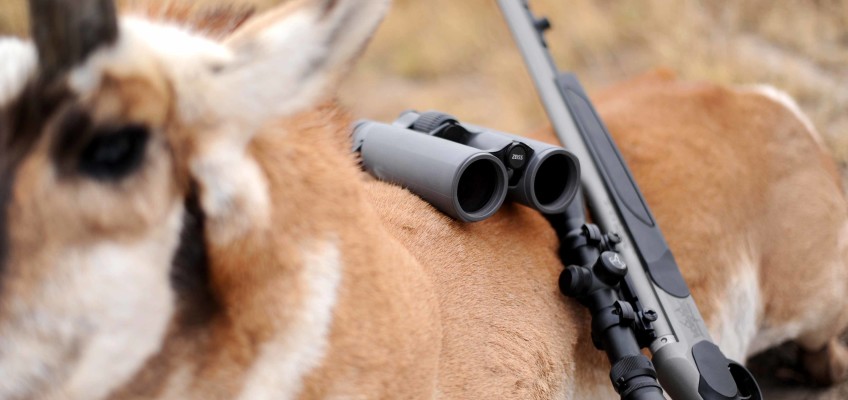
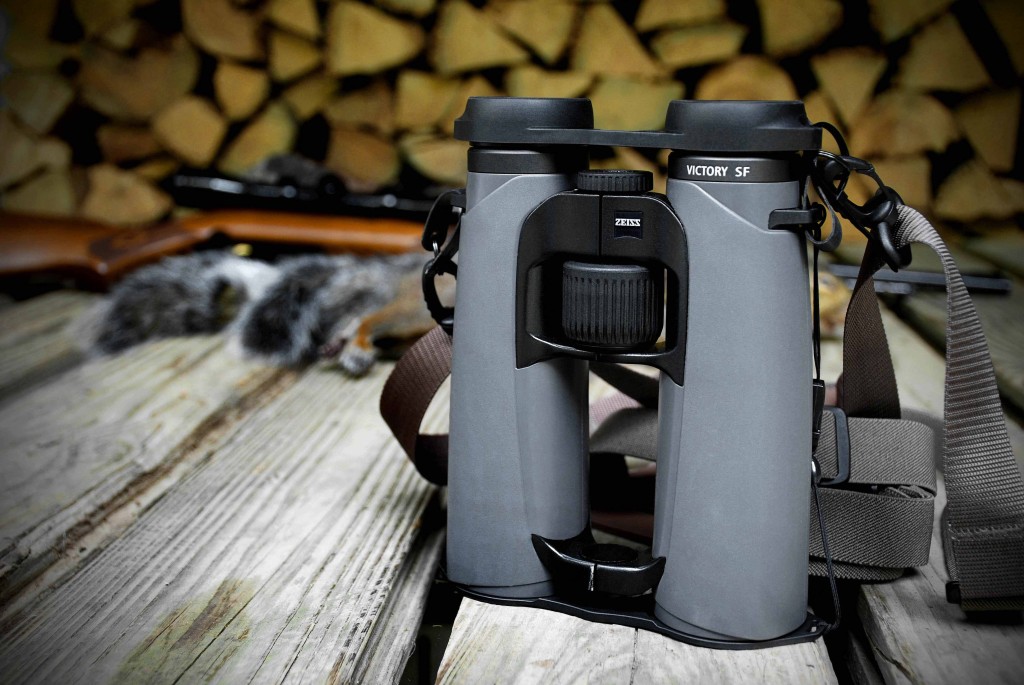
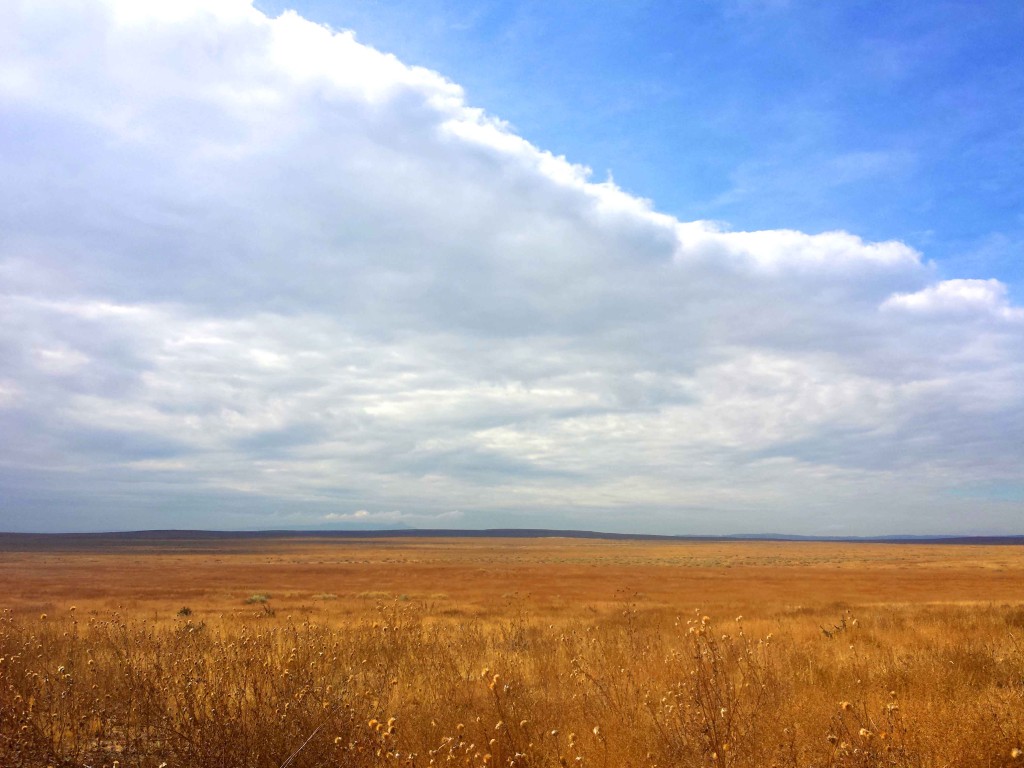
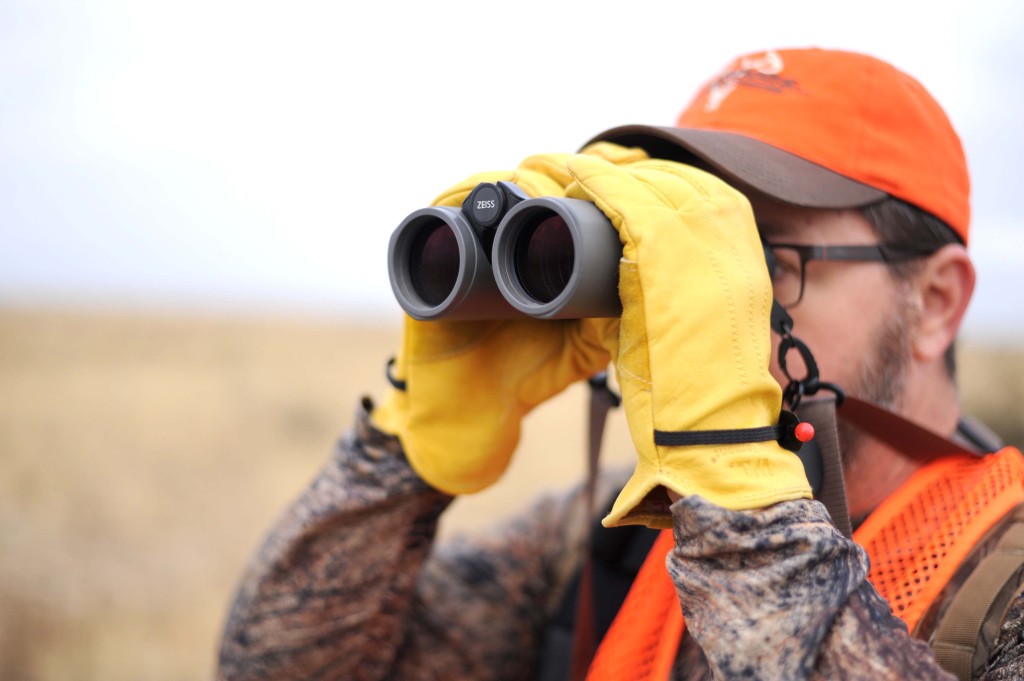
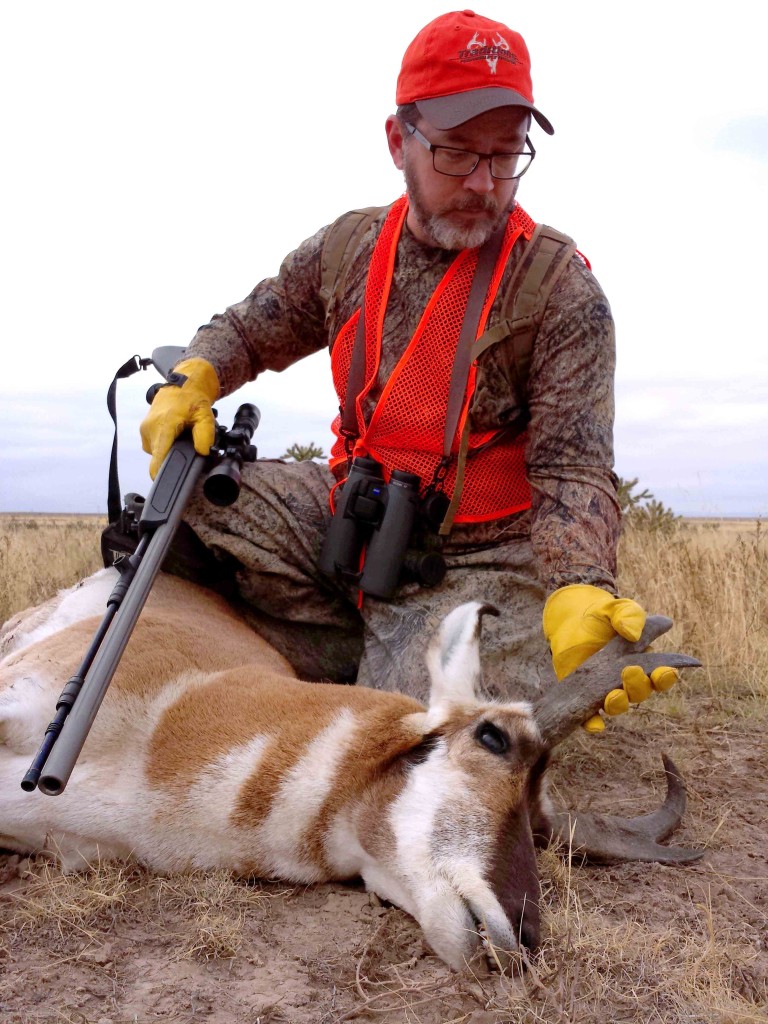
Leave a Reply